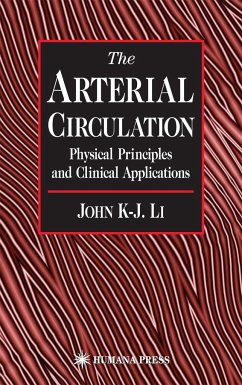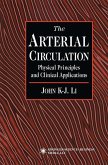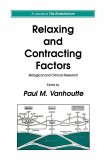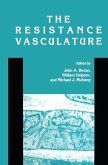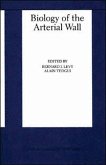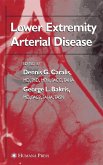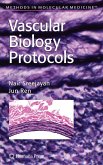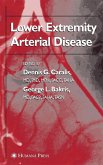After yet another decade of leaming, experimenting, and inves tigating since my first book, Arterial System Dynamics, the many new medical breakthroughs and technological advances have inspired me to write this book to bridge the gap between basic research and clinical applications. The application of physical principles and quantitative approaches to the understanding of the arterial circulation and its interactions with the heart in normal and diseased conditions form the basis of The Arterial Circulation. Knowledge of the physiology and rheology of arteries, as well as all of their structural-functional corre lates, is a necessary prerequisite to the proper hemodynamic interpretatiqn of pressure-flow relations and the pulsatile transmis sion characteristics in different arteries. The natural coupling and interactions of the heart, the coronary circulation, and the arterial system necessitate analysis of alterations to global functioning. Modeling provides a tool for isolating and predicting parameter changes and is employed throughout the book. Experimental data are provided for model validations, and also for more realistic interpretations. Techniques and new methods for clinical hemo dynamic measurement and diagnosis are included to help the reader un derstand the physical principles underlying such abnormal cardiovascular functions as hypertension, stenosis, and myocardial ischemia. The progressive changes in vascular properties during aging are also discussed. Modem approaches utilizing computer mode ling and allomery are presented with selected examples, such as combined hypertension and aortic valve stenosis, and ventricular hypertrophy.
Hinweis: Dieser Artikel kann nur an eine deutsche Lieferadresse ausgeliefert werden.
Hinweis: Dieser Artikel kann nur an eine deutsche Lieferadresse ausgeliefert werden.
"Advances in clinical diagnostics and therapeutics, however, have made the need for a more complete understanding of this topic. . .In seven chapters, the author presents a synthesis of the current knowledge of arterial circulation, particularly its physical aspects. . .The author has provided an excellent synthesis of the current understanding of the physical principles of arterial circulation. The strength of this book is clear organization that allows a reader to either read it in entirety or to identify a topic of specific interest. The integration of the experimental data, computer modeling, and clinical application of this knowledge is particularly valuable. Each topic is defined, introduced, and reviewed, as are the major works that have led to the current understanding of that topic. . .This volume is a solid and readable overview of the major physical principles of arterial circulation. . .The challenge for both clinicians and physiologists is to integrate both the molecular and cellular aspects with the physical principles of the arterial system. A solid background in both disciplines will allow for a more complete understanding of the arterial system in both health and disease. This work should provide a solid background and reference for those faced with this challenge."-Doody's Health Sciences Book Review Journal

